I have recently got a garbage disposal and am excited to operate it. But I need to decide what not to put in the disposal to ensure its safety. Surfing on the internet presents me with a true picture of food not going down the disposal, and I would like to share it with you.
Disposal is an efficient kitchen device. However, it does not allow you to dump certain items due to their chances of damaging internal components such as a flywheel, blades, or impeller plates. So, avoid putting coffee grounds, eggshells, water-absorbing food, fibrous items, fats, oils, or non-food items in your disposal machine.
The article covers your confusion on what to put and what not to put in a disposal. In addition, you will also learn what unwanted food items will do to your disposal in the form of clogging, jamming, or not turning at all.
What Items Should you not Put in a Garbage Disposal?
When put in the disposal, your food disposal is at a switch-flipping distance. Generally, it handles most of your food garbage, but it does not mean you consider it a disposal trash can. What is not ok to put in a disposal is a question that needs to be answered to increase the machine’s life span.
1. Coffee Beans
What to expect from the coffee grounds in the disposal? The fine appearance is a facade as they form a thick paste and invite two consequences. The slow draining or heavy-duty clogging.
What you must do is to make a significant distance between the coffee grounds and the disposal. Also, you can deal with them in two ways: throwing them in a bin or utilizing them in home gardens.
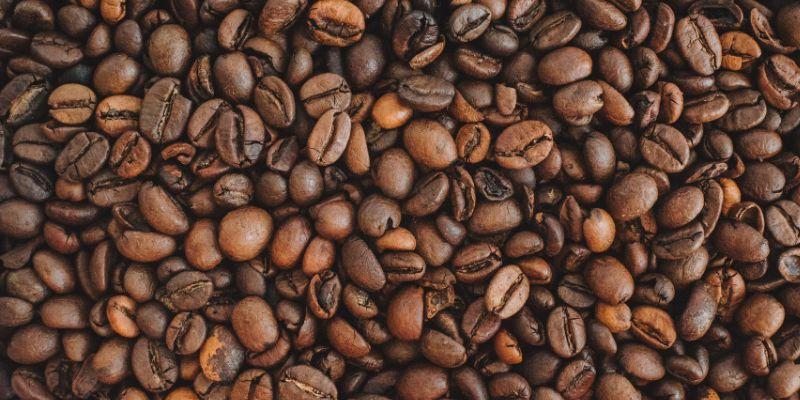
2. Eggshells
Eggshells may use in DIY crafts, but you cannot experiment with disposing of them in the disposal. Shells have thin membranes, and the tension of how they treat the disposal when you satisfy putting them inside is crucial to know. Thin membranes of eggshells participate in wrapping the impeller plates and cause a gummy blockage.

3. Vegetable Peels
You must ponder how can fragile vegetable peels harm the disposal. Different vegetable peels have different nutrients residing in them. You must estimate each of them by looking at them. The common assumption is to avoid onion layers or potato peels down the disposal.
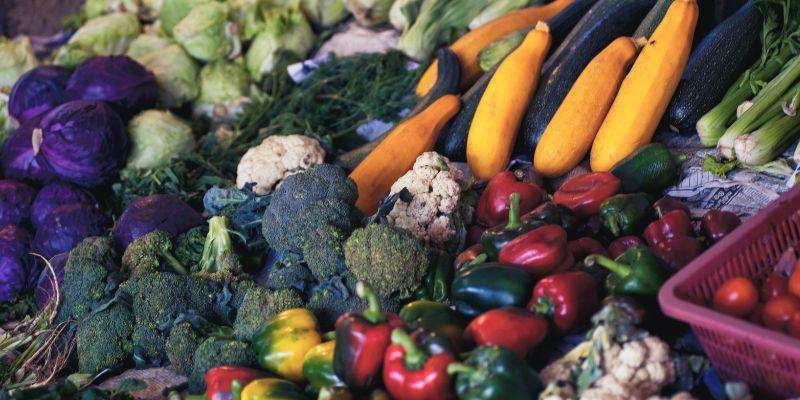
Onion Layers
The layering of onions undoubtedly looks magical, but disposing of them in a disposal has never been a good idea. The skin membranes are wet and cause blockage by wrapping around the blades. Also, the chances of wedging in the drain are maximum inviting other items to fall into the trap.
Pro tip: you can put chopped onions in the disposal as the outer layer is removed.
Potato Peels
While you may have fun scraping potatoes for their multipurpose uses, you should remember that the peels are not meant to be put in the disposal. The prominent problem is that they pass down the disposal and are trapped; you can remove them using pliers.
Also, if the peels are successfully ground in the disposal, the end product is a thick starchy paste which is the storehouse of the blockage in various parts.
Banana Peels
Banana peels prove murdered to the disposal blades. Moreover, fruit peels take considerable time to decompose; avoid lingering in your kitchen appliance.
4. Hard Food
The food which you fear chewing does the same with the disposal. Not only does hard-to-cut food cause clogging, but it also dulls the blades. So, what food remainings fall into this category?
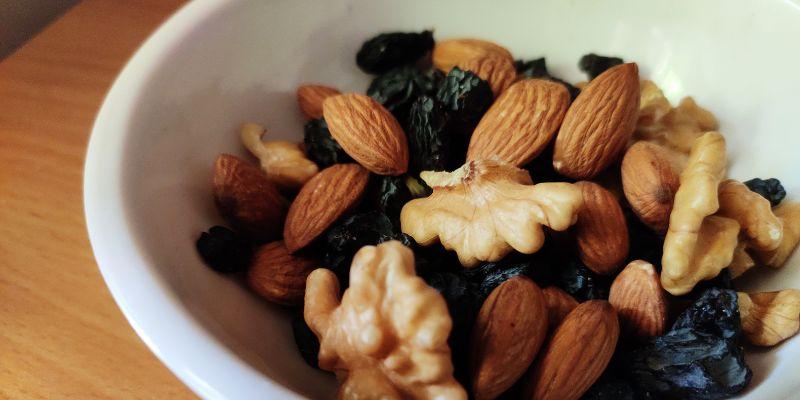
Nuts
You must be aware that the nut, whether seashells, peanuts, or walnuts, cannot be put in the disposal. The major risk is incomplete grinding and jamming of the blades. Furthermore, keep all kinds of nuts cracked under the supervision of the nutcracker/cutter.
Warning: peanut butter comprises thick waste you cannot put in the disposal, for it clogs drains.
Bones
Suppose you are happy to put everything inside the disposal unit while doing dishes and not bother to check the plates accumulated with chicken or fish bones. Your top priority is to replace larger chunks immediately to protect disposal from being shut off. However, if a piece of bone dump into the disposal by mistake, leave it to handle by your machine.
Seeds
You may treat the seeds the same way as nuts. The rounded and small seeds create major problems while bouncing inside the disposal. I recommend you rather than not cutting them down or throwing them into disposals, trash bins are a safe option.
5. Expandable Foods
Garbage disposal is a cleanliness freak and uses excess water to dispose of food particles and debris. There are edibles you cannot randomly put inside, for they expand after absorbing the water. If you want to avoid spending money or time calling plumbers to clean your clogged drains, avoid putting them in garbage disposals.
. Rice
. Pasta
. Bread
. Oats
However, I advise you to let the disposal run for additional 30 seconds after the grinding process. Also, complete the procedure by running cold water before the food blooms to its heights.
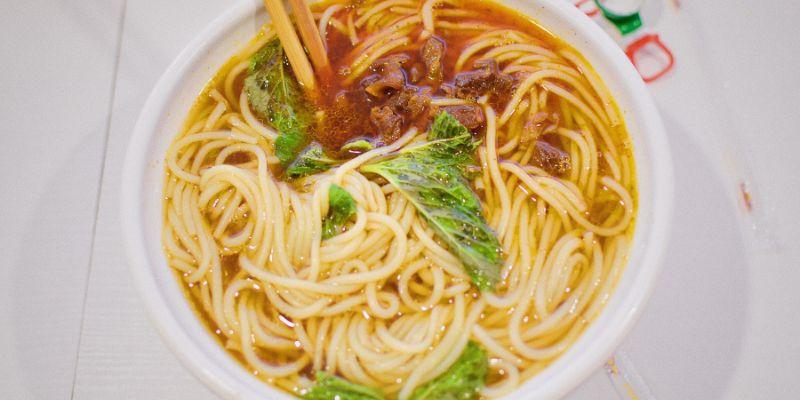
6. Fibrous Edibles
Do not let your fibrous-containing food fill the tummy of your disposal. The consequence will be asking for help from technicians to unclog garbage drains. What happens when you put asparagus, celery, pumpkin, and husk?
The stringy remnants entangle impeller plates and increase the chance of trapping incoming food quickly. Throw them into trash cans; otherwise, cut them into small pieces as disposal is enough to deal with this size of them.
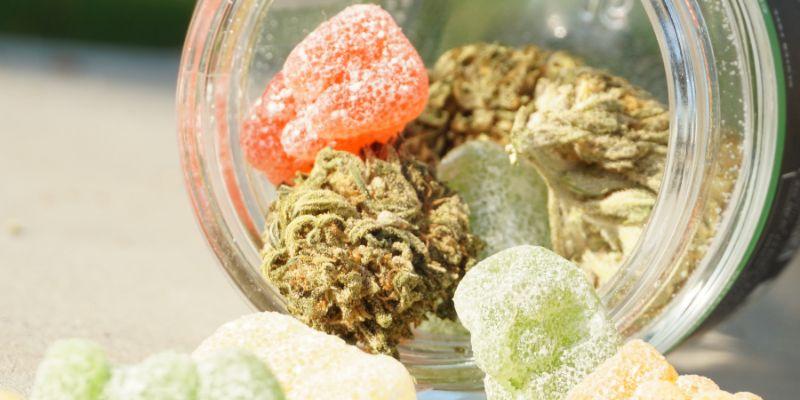
7. Grease, Oil, and Fats
You consider grease, fats, and oils essentials for your kitchen. Don’t they? But the rivalry between them and disposal makes them the worst foods for garbage disposal. Solidification causes the pathways to stop other entries if you leave solid fats inside.
Moreover, you must refrain from lubricating the disposal’s parts with grease, as the product cause the blades to become less sharp and dull. The prominent solution is to let these lubricating agents cool down and put them inside the appliance.
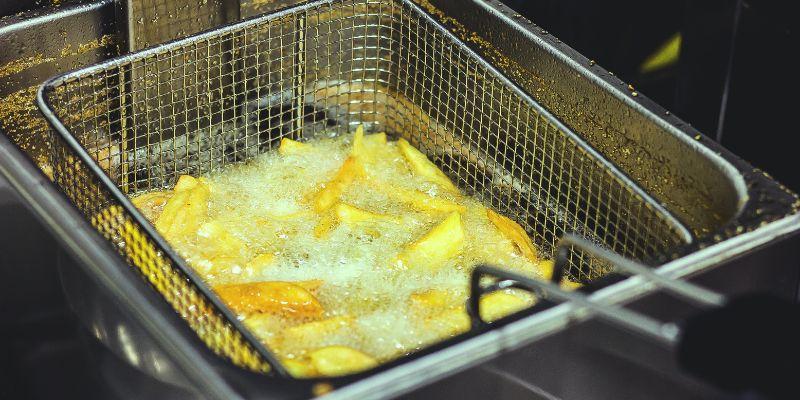
8. Non-Food Items
The installation of disposal under your kitchen sink highlights the importance of food grinding. You can assume and put other than food particles. Also, kitchen cutlery is dangerous for the blades of the disposal.
A list of non-food items cannot be at the disposal. For example, paper towels, napkins, wrappers, tissues, paint, and kids’ toys. Remember, household trash has its housing in waste bins.
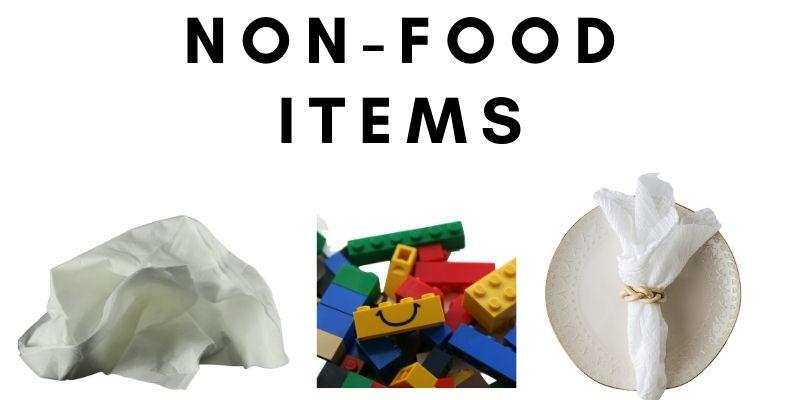
What is ok to Put in the Disposal?
You must treat the disposal to protect it from choking at the moment. However, there are items to watch out for when putting in the garbage machine for processing. Follow a general rule and run your machine with disposal-friendly items.
- liquids
- soup
- soft food
- salads
- chicken meat in small amounts
- vegetable/fruit scraps
Can you Put Leftovers in Disposal?
Leftovers do not harm disposal until you put them in smaller chunks. As long as you decide that certain things do not make your disposal machine produce a humming noise, you are good to go with doing dishes.
What to Put in Garbage Disposal for Smell?
Popular garbage maintenance tips help to resolve smelling issues. Putting citrus or lemon rinds after the grinding process gives your disposal a cleaner or fresh appearance with no traces of bad odor.
Bottom Line
You must be conscious that anything is unsafe to put into the disposal. It can lead to damage beyond repair, starting from clogging and ending up with the machine overheating and giving up its life. In this article, I have mentioned the things or food items that face strict restrictions to enter into the disposal.
